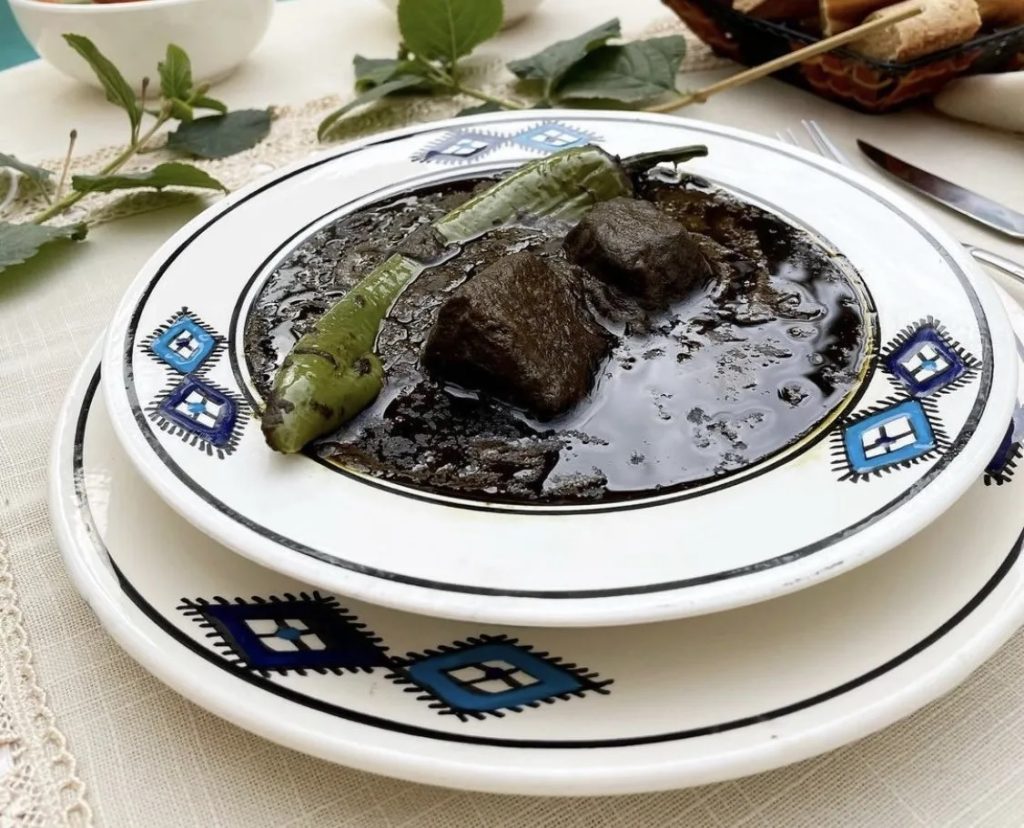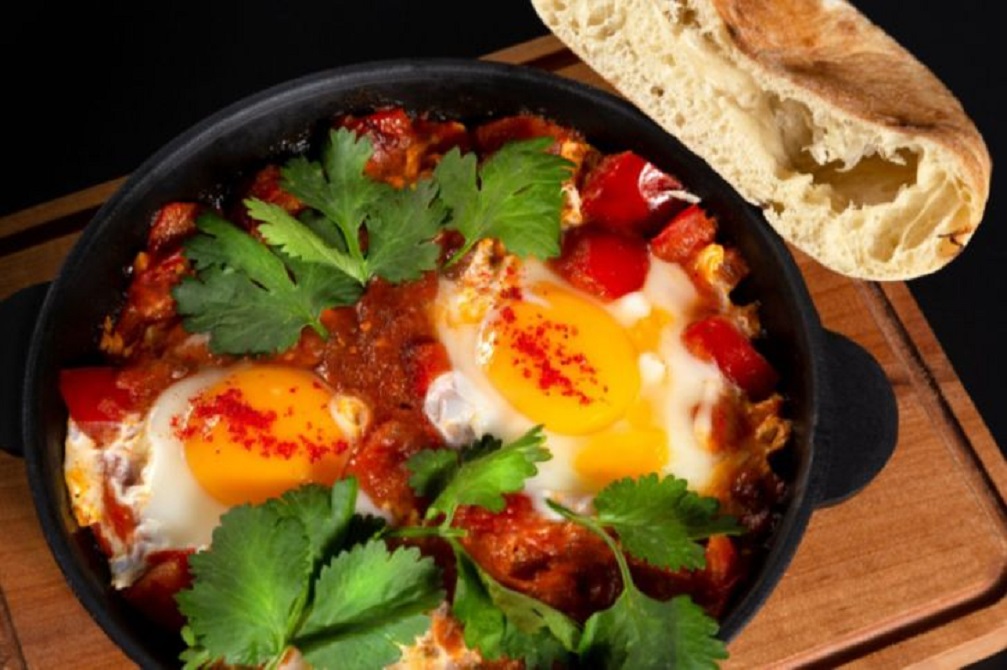Top 10 Traditional Tunisian Dishes Loved by Tunisian Muslims in America
From couscous to brik, discover how Tunisian Muslims in America preserve their culinary traditions and share their food culture across generations.
Tunisian Muslims in the United States form a small but growing community, primarily concentrated in large urban centers such as New York, Chicago, and Los Angeles. Many Tunisians came to America in search of higher education, professional opportunities, or through family reunification. Despite being far from home, they continue to preserve their cultural and religious identity through community associations, mosques, and above all, their cuisine.
Food plays a central role in maintaining heritage among Tunisian Americans. Cooking traditional dishes at home or for community gatherings not only strengthens family bonds but also introduces American friends and neighbors to the richness of Tunisian flavors. Below is a list of the most iconic Tunisian foods that have traveled across the Atlantic and remain essential in Tunisian households abroad.
Top 10 Traditional Tunisian Dishes
Couscous (كسكسي)
The most famous Tunisian dish, served in all major occasions. It comes in many varieties — with lamb, chicken, fish, or vegetables — and is often the centerpiece of family gatherings.

Mloukhia (ملوخية)
A dark green stew made with beef, garlic, spices, and bay leaves. Known for its long cooking process, sometimes up to 8 hours, it is a symbol of patience and tradition.
Kamounia (كمونية)
A rich dish prepared with meat, liver, cumin, garlic, and harissa. Spicy and flavorful, it is often served with bread.
Kafteji (كفتاجي)
A fried vegetable mix made with tomatoes, peppers, zucchini, pumpkin, and potatoes, later chopped together and topped with an egg or meat. It is a popular street food.

Grilled Salad (سلاطة مشوية)
The most important Tunisian salad, made by grilling tomatoes, peppers, onions, and garlic over charcoal, then blending them into a smoky paste. Garnished with tuna, olives, and capers.
Tunisian Plate (الصحن التونسي)
A refreshing mix of salad with harissa, boiled eggs, tuna, olives, and onions. A quick and filling everyday dish.
Ojja (العجّة)
A Tunisian-style omelet made with eggs, tomatoes, peppers, and spicy sauce. Variations include ojja with merguez (spicy sausage), seafood, or chicken.

Brik (البريك)
A Ramadan classic, consisting of thin pastry stuffed with parsley, eggs, potatoes, tuna, minced meat, or cheese. The most famous is “Brik with egg” (بريكة بالعضمة).
Rice Jerbi (روز جربي)
A one-pot dish combining rice, vegetables, meat or chicken, and harissa. Steamed slowly for a rich and aromatic flavor.
Shorba (الشربة)
A variety of Tunisian soups, such as barley soup, lentil soup, vegetable soup, chicken soup, seafood soup, or “frik” soup made with green wheat. Always present during Ramadan.
Conclusion
For Tunisian Muslims in America, these dishes are more than meals — they are a connection to home, faith, and identity. Whether prepared during Ramadan, family celebrations, or casual weekends, Tunisian cuisine continues to thrive abroad, enriching both Tunisian-American communities and the broader American culinary landscape.



